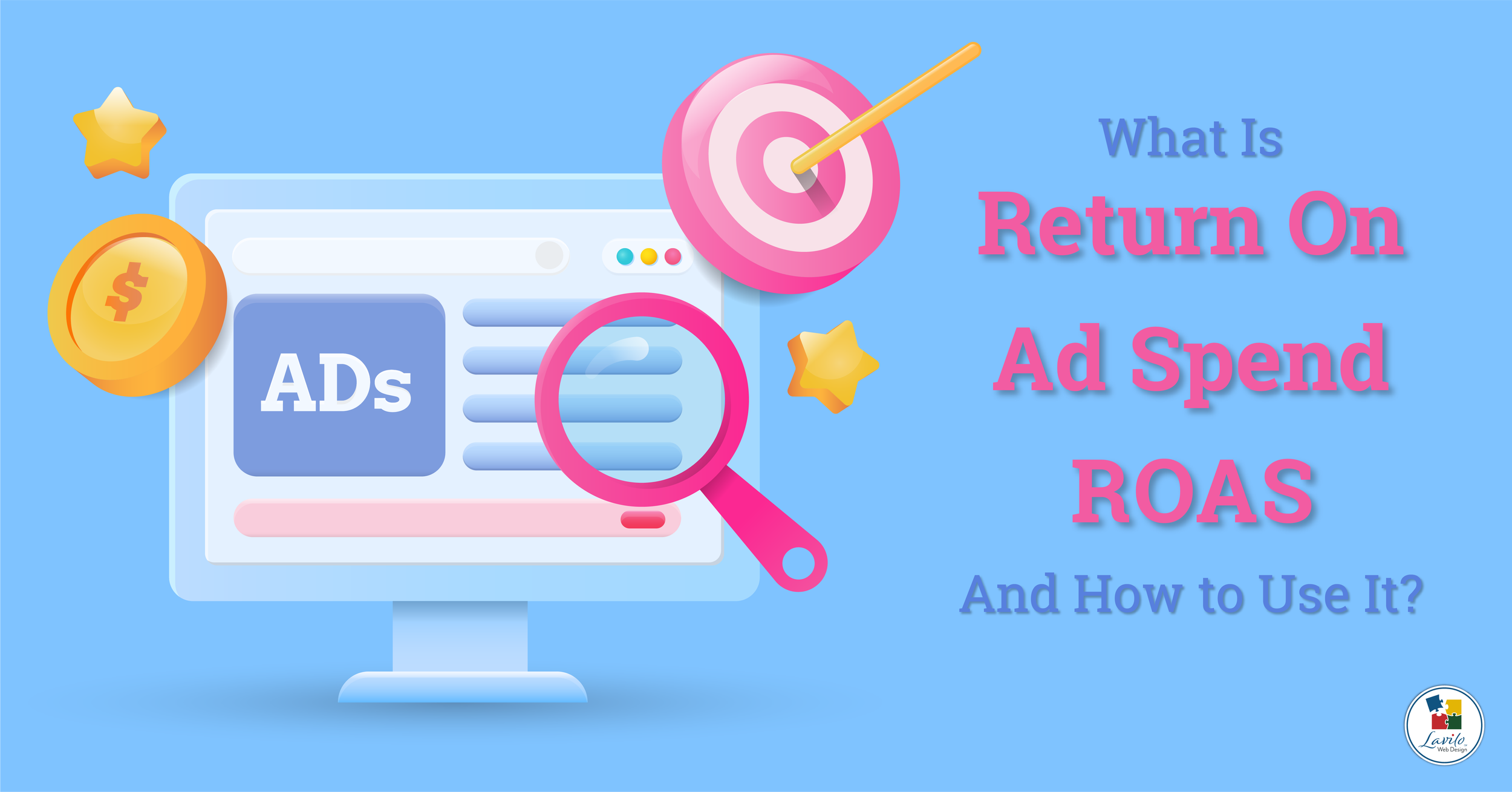You Can't Improve What You Don't Measure
A dashboard of Key Performance Indicators (KPIs) can easily measure your business's performance and help narrow any gaps you may find.
"My gut tells me that we've had a good month," a business friend told me recently.
"Really, how does your gut know that?" I replied with a smile.
It turned out he based his gut feeling on his perception of higher store foot traffic during the month.
While foot traffic can be an appropriate leading indicator of your company's future sales and profits, it may only hint at a likely outcome and shouldn't replace your monthly profit and loss statement.
What If Your Gut Feeling Is Wrong or Only Partially Correct?
However, my friend couldn't know whether the foot traffic was truly higher or just a false positive without looking at a quantifiable measurement, a so-called Key Performance Indicator (KPI).
Running a business on what your gut tells you about your company's situation may not be wise.
What if your gut is wrong or only partially correct, and the feeling you rely on is greatly exaggerated?
Your later decisions could be too extreme or too restrained; both scenarios could potentially endanger your business. And your employees and investors could also find your decisions arbitrary.
Numbers Don't Lie
Key Performance Indicators measure the quantifiable progress toward an objective. With KPIs, the evidence is in the numbers.
If you use Shopify for your online store, you can easily access several valuable ready-made KPIs and reports. Go to Admin > Analysis for the dashboard or click Reports for a list of built-in reports.
Shopify presents you with a KPI dashboard. I regularly look at 6 KPIs and compare them to the same period last year.
Comparing KPIs to the same period a year ago can answer the fundamental question: "Is the business doing better or worse than last year?"
Total Sales measures your gross sales minus discounts and returns across all channels.
Sales by Channel splits Total Sales into your sales channels, for example, POS for in-store sales and Online.
Total Orders shows the number of orders regardless of their values.
Average Order Value divides Total Sales by the number of orders (Total Orders).
Returning Customer Rate calculates the percentage of customers who placed 2 or more orders in a specific period compared to all customers who placed at least one order within the same period.
Top Selling Products lists the items with the most units sold.
Monitoring these 6 KPIs daily, or at least weekly, will give you a factual trend of where your business is heading.
You could also set a goal to improve, for example, the Average Order Value or the Returning Customer Rate. Each month you would compare these KPIs to your goals and discuss the reasons for getting closer to or further away from your objectives and what actions you would need to take.
GIGO
You have probably heard of the not-so-techy term Garbage In, Garbage Out, or GIGO for short. It means that the quality of the input determines the quality of the output. In this case, the quality of your data in Shopify determines the quality of your KPIs.
If you use Shopify's features in unintended ways, such as using variants instead of the quantity selector for the number of products ordered, then all KPIs that rely on quantity for their calculations will be wrong. Should this be your situation, you would need to reconfigure your store and return to Shopify's standard to use the KPIs in your dashboard (Admin > Analysis).
Business Life Is Much Easier When You Follow the STandard
Shopify does an excellent job of including a comprehensive set of built-in business-class reports and KPIs without having to spend hours setting them up. That's a huge advantage.
However, if you have intentionally or unintentionally deviated from how Shopify wants you to use its features, these reports and KPIs might produce inaccurate information.
To overcome this, you would need to do a lot of number crunching to create a similar view. But who has time for unnecessary manual work? I presume nobody.
My advice in situations like this is always to follow Shopify's standards or at least stick to them as closely as possible. You can then take full advantage of the excellent built-in reports and KPIs that Shopify has included with your subscription, easily measure your business's performance, and narrow any gaps you may find.














